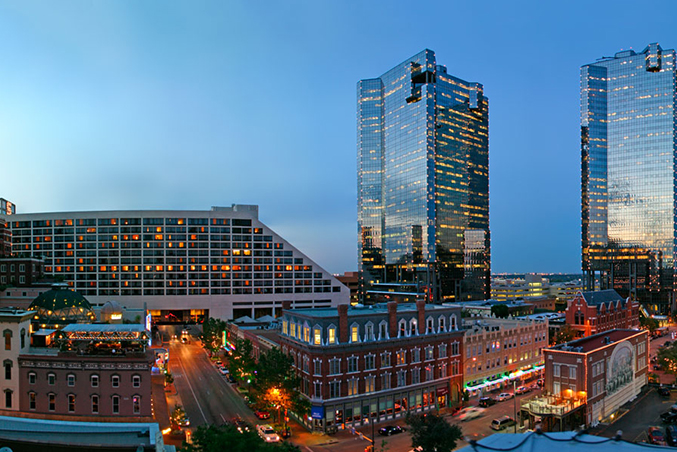Fort Worth is growing faster than Dallas. Over at CityLab, researcher and professor Richard Florida teamed up with a few people to comb the U.S. Census’ annual American Community Survey, which acts as a year-over-year comparison tool to see how our cities are growing. They analyzed data from 2012 to 2017. Interestingly, Fort Worth, the city that had a come-to-Jesus moment just last year about how to attract and retain millennials and people of color, was the third fastest growing city in the nation over that period of time, trailing only Seattle and Austin. That follows the May release of Census estimates that showed Fort Worth gained 20,000 people last year compared to Dallas’ 2,000.
Florida finds that the top cities on the list are growing 10 times faster than the slowest-growing ones. Fort Worth’s growth rate is 12 percent; Dallas’ is 8.1 percent. Also of note: the Dallas-Fort Worth Metro Area is adding people at a rate that pegs it as seventh among metros at 11.3 percent, showing that our region is buoyed by the growth of our neighbors rather than its largest city.
Fort Worth’s employed population jumped up by 21.5 percent. That was good enough for third in the country. Dallas is 20th. So what gives? The actual data show that Fort Worth has added more than 100,000 people from 2012 to 2018: 781,059 in 2012 to 895,008 in 2018. In the past, most of the population growth happened in its walkable neighborhoods. You started seeing this even in the last decade. For instance, from 2000 to 2010, West 7th tripled in population, going from 904 to 2,706 residents. It’s also spent time building out the Near South Side and Magnolia Avenue, and old warehouses are getting turned into apartments along Main, south of downtown. It will be interesting to see how the growth of those neighborhoods has guided its population jump.
In Fort Worth’s 2018 economic development plan, the city learned it needed to better harness its colleges and universities and turn the city into a research hub for healthcare, life sciences, engineering, and energy. The tax base is upside down too, with 60 percent of it coming from property taxes and 40 percent coming from commercial. There is still plenty of room to grow in Fort Worth, in particular the Alliance area and the land around Clearfork along the Chisholm Trail Parkway. That, more than anything else, may be the reason we’re seeing such spikes. Cheaper, more prevalent land.
If anything, the employed population increase that Florida highlights should be great news for city leaders there. Maybe they’ll help flip the tax base. Florida will dive into college graduates next, which should give even more insight into the type of people who are flocking here. But back in Dallas, it’s important to recall Peter Simek’s dive into these very numbers. He found lots of migration among millenials from Dallas to neighboring counties. In fact, between 2016 and 2017, Dallas actually had a net population decline of 17,660.
“These numbers don’t suggest a city that is attractive and vibrant, but rather a city whose services, amenities, and culture are narrowly attractive to only a subset of the population. Twenty- and 30-somethings may like Dallas; families with children and seniors would rather not live here.”
And that is something Dallas will have to reckon with.





